Entlaq's CleanTech and Energy Report 2025
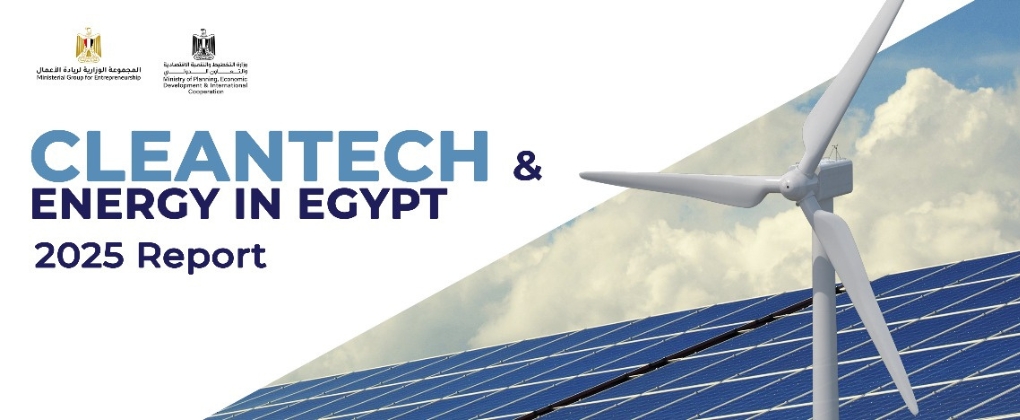
With the global climate crisis escalating, clean technologies are increasingly recognized as a powerful bridge between environmental necessity and economic opportunity. Entlaq’s report, Clean/Green Tech and Energy: Between Climate Imperatives and Economic Opportunity, launched under the patronage of the Ministerial Group for Entrepreneurship and the Ministry of Planning, Economic Development & International Cooperation. offers a detailed analysis of Egypt’s emerging cleantech sector, mapping its current status, vulnerabilities, and future potential across regulatory, policy, and market dimensions.
Climate Challenges on the Rise
Egypt, like many nations, faces mounting climate-related threats that jeopardize key sectors. Water shortages, rising sea levels, and worsening air quality pose severe risks to agriculture, public health, and labor productivity. The report flags several major areas of concern:
- Deepening water scarcity highlights the urgency for water-focused innovation.
- Agricultural land is being degraded by coastal flooding and soil salinity, necessitating green infrastructure and climate-adapted farming.
- Extreme heat and weather fluctuations are taking a toll on human productivity, demanding adaptive technologies.
- Poor urban air quality reinforces the need for emission-reduction measures.
- Rising financial losses tied to climate impacts amplify the need for fast-tracked mitigation and adaptation.
An Ecosystem in Early Stages of Growth
While still in its infancy, Egypt’s cleantech sector is gaining traction. As of 2024, the MSMEDA Green MSME Registry lists over 3,000 green and environmental startups officially operating in the country. Alongside this, Egypt boasts a growing base of vocational training institutions, applied research centers, and digital tools that can be redirected toward climate-focused innovation.
Africa’s cleantech demand is also expanding. The continent’s off-grid solar industry is projected to exceed USD 2.5 billion by 2027, opening up regional expansion possibilities in neighboring countries like Sudan, Libya, and others in the Sahel.
From 2020 to 2024, nine cleantech startups in Egypt progressed to advanced funding stages (Series A or beyond). However, this progress remains uneven and fragmented. Entlaq argues that the ecosystem needs a coordinated national pipeline to replace its current patchwork of short-term pilots and donor-led interventions.
The central hurdle is scale. Without stronger linkages between innovation, investment, and commercialization, many promising ideas struggle to reach the market.
Strategic Gaps and Missed Opportunities
Egypt has the foundation to emerge as a cleantech leader in the region. Each year, it produces more than 200,000 graduates in STEM disciplines, one of the largest such pools in the Arab world. Yet fewer than 7% go on to work in cleantech or climate-related fields, highlighting a serious gap between education and sectoral alignment.
Despite this talent pool, Egypt remains at risk of trailing behind in the global clean technology race. Without timely investment and systemic reform, the country could become a buyer of foreign technology rather than a hub of innovation.
Several structural obstacles remain:
- Overreliance on government and foreign investment: only 18% of clean energy projects are backed by domestic private capital.
- An outdated national power grid limits the expansion of renewable energy sources like wind and solar.
- Regulatory inefficiencies, including complex permitting processes and lack of inter-agency coordination, deter investment and slow startup growth.
- Key demographics, women, youth, informal workers, and rural populations, remain largely excluded from cleantech pathways.
- The research-to-market pipeline remains weak, with limited manufacturing capacity and support for local innovation.
While Egypt graduates over 55,000 STEM students annually and conducts notable research in areas like bioenergy and water treatment, these efforts rarely translate into market-ready ventures. A lack of commercial infrastructure, including technology transfer mechanisms, licensing frameworks, and pilot testing facilities, stifles growth.
Currently, only a handful of Egyptian universities maintain functioning Technology Transfer Offices, and there is no national framework to support spinouts or commercial deployment. Startups often operate without access to scale-up capital, testing environments, or long-term ecosystem support.
Path to Regional Leadership
The report concludes on a forward-looking note: Egypt has the potential to become a regional hub for cleantech by 2035. Its geographic position, skilled labor force, growing environmental policy momentum, and strategic trade links make it well suited for climate technology development, manufacturing, and export.
Youth-driven entrepreneurship and an increasingly active innovation ecosystem add to this momentum. Many of the building blocks needed to succeed are already in place or within reach.
However, unlocking this potential requires cohesive national action, bridging the persistent divide between research, entrepreneurship, and market deployment. If Egypt can strengthen its innovation infrastructure and activate its talent base, it could emerge not just as a participant, but as a regional leader in the green economy.





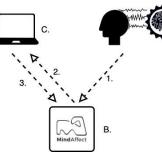






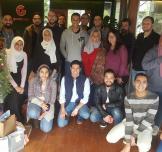
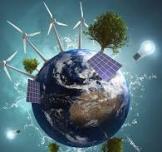


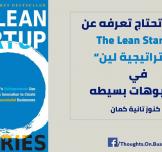


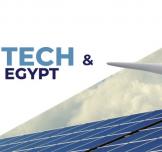




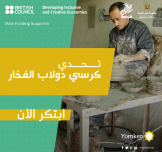





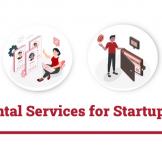








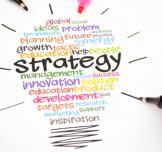




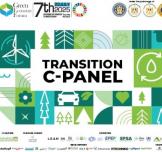




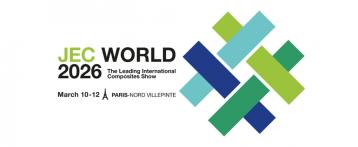






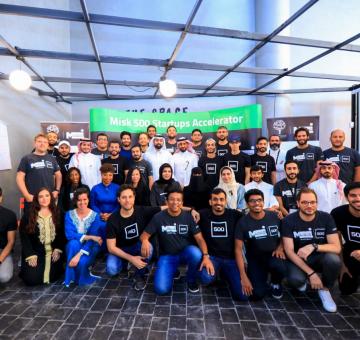













EgyptInnovate site is not responsible for the content of the comments